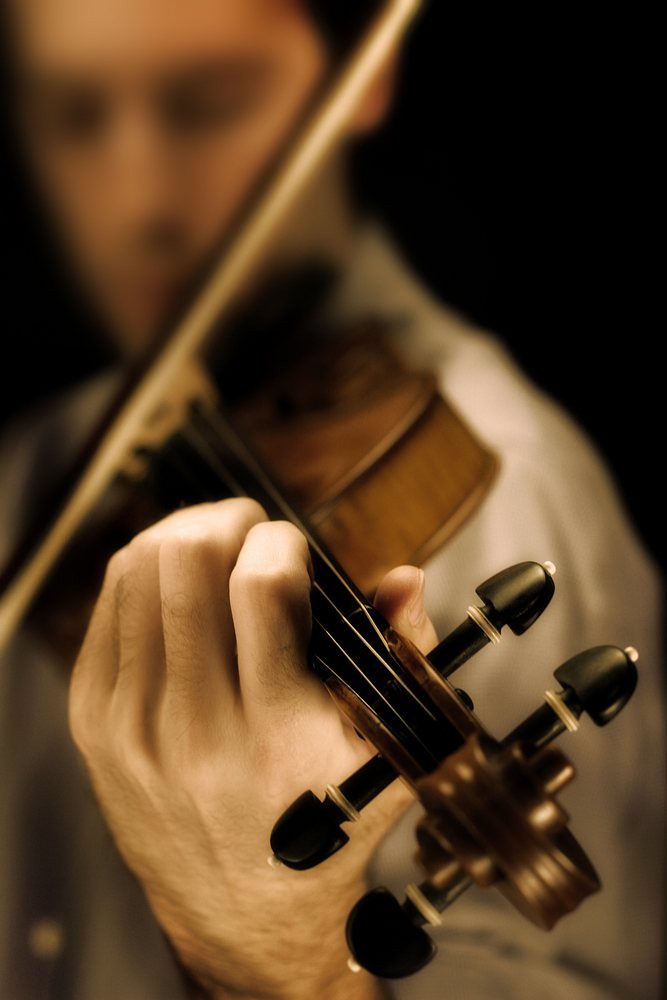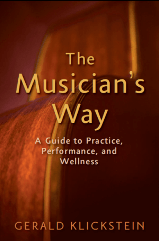 Have you ever been confounded by a thorny passage that wouldn’t come together?
Have you ever been confounded by a thorny passage that wouldn’t come together?
You know, the sort of material where even after days of working on the music, you notice no real improvement.
Probably every musician encounters such problem spots from time to time.
But these sorts of predicaments don’t have to be frustrating.
Assuming that musical dilemmas aren’t far beyond our abilities, if we deal with them cleverly, they can lead us to new heights of creativity and competence.
Still, to transform a musical quandary into a triumph, we require adept problem solving skills.
“Assuming that musical dilemmas aren’t far beyond our abilities, if we deal with them cleverly, they can lead us to new heights of creativity and competence.”
Thinking About Problems
To become agile problem-solvers, we have to approach problems with a curious mindset and an arsenal of problem-solving strategies.
By being curious, problems fascinate us, and our positive mindset fires our imagination. Then, with numerous problem-busting maneuvers on hand, we can trust in our resources and deconstruct problems confidently.
We should also remember that creative problem solving depends on creative thinking. That is, problems in our everyday lives might have single remedies (say, why a stalled car won’t start), but musical and technical troubles often have many possible solutions.
So, when we take on musical problems in practice, we have to think in divergent ways and explore trouble spots from multiple angles. How can we do that? The most straightforward way is for us to ask questions that highlight various features of a passage.
A string player trying to clean up a left-hand shift might first ask not about the left hand but the right: “What’s my bow arm doing before, during and after the shift?” After investigating the bowing, the musician might wonder, “What other left-hand fingerings might be possible?” And so on.
On top of being clever questioners, we also benefit from building awareness of the problem-solving process.
The Problem-Solving Process
As shown in Chapter 3 of The Musician’s Way, problem solving involves three basic steps:
1. Recognize when a problem exists
2. Isolate and define the problem
3. Apply problem-solving tactics
1. Recognize a Problem
Problem recognition hinges on our perceptual skills. yet we all know that our perceptions aren’t always pristine.
To keep problems from eluding us, I advise musicians to evaluate their playing or singing using specific benchmarks.
The Habits of Excellence defined in Chapter 2 of The Musician’s Way make for solid starting points. Self-recording helps, too.
Recommended Audio Recorders: Zoom H4n | Zoom H2n | Tascam DR-22WL
 2. Isolate and Define the Problem
2. Isolate and Define the Problem
Next, I suggest that musicians pinpoint the sticky elements of a passage and clarify its inner workings.
For example, a singer might determine that an intonation problem arises because of the register of a phrase combined with the complexity of pronouncing a word.
A pianist or guitarist might identify that a fast run feels difficult due to one three-note lick; she might then define the issue as arising from a convoluted fingering choice that needs changing.
3. Apply Problem-Solving Tactics
With a problem isolated and defined, we can then employ tactics that enable us to master its troublesome ingredients.
Such tactics include slowing the tempo, varying rhythms, omitting and then reinserting pitches, revising fingerings, and, in some cases, editing the music. Pages 54-70 of The Musician’s Way scrutinize problem-solving and present seven crucial tactics illustrated with dozens of music examples.
After we iron out the difficulties, we accurately repeat the passage several times and then merge it back into the greater context, repeating larger phrases and sections.
In the end, the process of tackling problems extends our abilities and enables us to grow our artistry day after day.
Related posts
6 Ways for Musicians to Minimize Tension
Divergent Thinking in Practice
Glorious Details
The Meaning in Mistakes
© 2009 Gerald Klickstein
Photo © E. Kuliyev, Licensed from Shutterstock


Hi G – I expect that almost every musician has faced this issue. Thanks for bringing it up!
As you describe, initial motor patterns stubbornly endure, regardless of whether we learn desirable or undesirable fingerings.
We can replace unwanted fingering habits with new ones, but it can take lots of practice for the new habits to stick. Here are a few thoughts:
1. Experiment with practicing the new fingering with varied rhythms and some of the the other tactics shown in the problem-solving section in The Musician’s Way pages 58-70 (e.g., modify the rate of change, reconstruct the passage, work from the end).
2. Practice mindfully so that you don’t slip into the old muscle memory pattern.
3. If possible, refrain from performing the piece for a time so that you don’t unintentionally reinforce the old habits.
4. After you feel that the new fingering is deeply learned, do some practice performances, and as the passage approaches, release tension while you bring added focus to your execution.
5. Replacing unwanted habits takes work, but aim to treat your practice as an adventure, an exploration of new creative directions in practice. Ideally, make it fun!
I have a related problem that would welcome your insight: having identified the problem as a fingering issue (sax) I find that *I* know where the better smoother path lay, but my *fingers* tenaciously cling to the first-learned bad-habit even when the new line is smooth as glass in the studio. It seems the first memory often slips the clumsy sequence in when the tempo speeds up, or if I get distracted during public performance (I’ve even contemplated putting a thumb-tack on the bis key as it is very often implicated in the conspiracy 😉
Any good tips for un-learning?
Thanks, Rachel – you said the magic word: awareness. By raising awareness we not only become more precise in practice, but we also become more artistic, and we enjoy practice more because we work from an authentic place and make real progress.
This was a refreshing post to read. It reminded me of my total need to raise my awarenees so that I catch all of my mistakes.